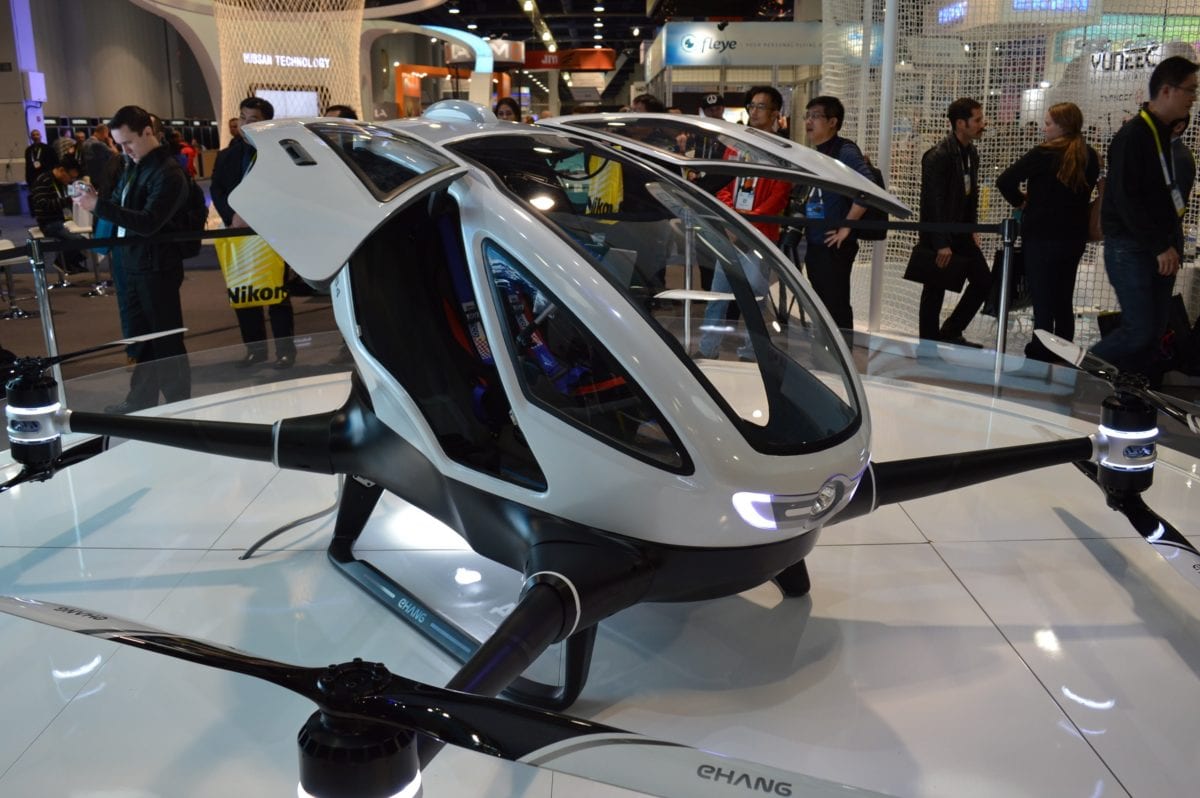Designers who can create beautiful and trending concepts are in high demand. Their skills can take an amazing product and make it understandable and desirable to customers. But a new wave of designers and developers have started to change jobs in design. Designers are learning to code, and developers are learning to design.
Design + Coding
Companies have started looking for designers who can also code. They want people who can come up with a concept, and be able to execute it too. People who can fill these roles are becoming highly desirable. Learning HTML, CSS, and/or JavaScript is showing to have its advantages by giving designers a better understanding of their limitations and where you can push bolder concepts. These concepts were often needed to be relayed by developers, but if a designer is already aware, time lost on project iterations may be eradicated.
With this information, designers have begun to take charge. New workshops are opening up for designers who want to learn to code. (https://generalassemb.ly/education/coding-for-designers/san-francisco) This workshop linked takes place in San Fransisco and helps get one ready for transitioning into three types of coding. These skills can also be transferred into jobs in the web development field and UX careers.
Recently, at SXSW in March 2017, John Maeda delivered a “Design in Tech Report” where he explored new trends on jobs in design and coding that you can watch here, https://vimeo.com/208035080
Coding is something worth considering for designers in the tech field. Developers are quickly becoming more style savvy and integrated into design meetings. While technical skills are a great addition to any resume, they may just be the next thing that gets you hired in the tech designer industry.











